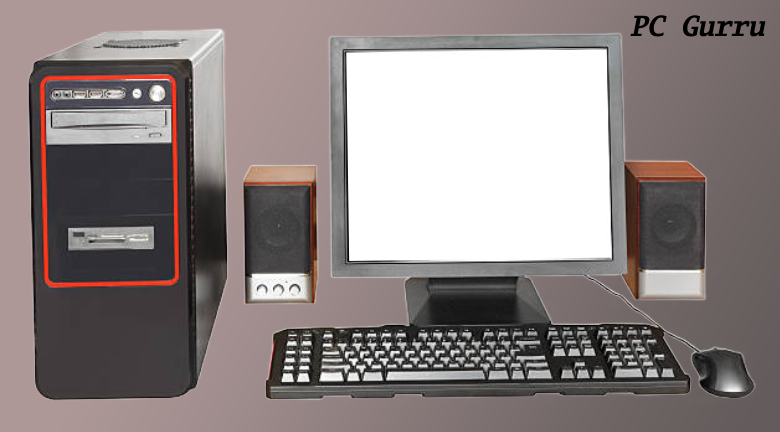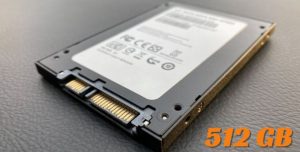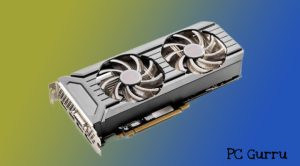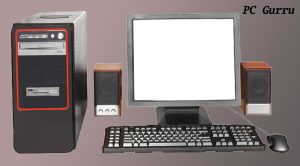Computers have changed a lot over time, and we can group them into different “generations.” We describe the “Difference Between Third and Fourth Generation Computer”. The move from the third generation to the fourth was a big step. Third-gen computers, from the 1960s and 1970s, got better with integrated circuits and became smaller. On the other hand, fourth-gen computers, starting in the mid-1970s until now, got even more powerful by using microprocessors. This shift brought personal computers to our homes and changed how we use technology. Let’s look at what makes these two generations different.
What is the third generation of computers?
The third generation of computers, from the 1960s to the 1970s, was a time of big improvements. Computers got faster and smaller, thanks to something called “integrated circuits.” These tiny parts replaced older ones and made computers more efficient. We also started using languages that made it easier for people to talk to computers. This generation set the stage for even better things to come.
Example of third-generation Computer
The following are examples of third-generation computers:
- IBM System/360 Series
- Honeywell 6000 Series
- PDP (Personal Data Processor)
- IBM 370/168
What is the Fourth Generation of Computers?
The fourth generation of computers, from the mid-1970s onward, introduced microprocessors, which combined the entire CPU on a single chip, boosting processing speed. This era marked the rise of personal computers (PCs), featuring user-friendly Graphical User Interfaces (GUIs) like Microsoft Windows. The fourth generation also saw the widespread use of networking, the internet, and advancements in storage technology. These innovations revolutionized computing, making it more powerful, accessible, and interconnected.
Example of a fourth-generation computer
The following are examples of fourth-generation computers:
- Macintosh
- IBM 4341
- Apple II
- VAX 9000
Read Also: SECOND GENERATION OF COMPUTER ADVANTAGES AND DISADVANTAGES
Difference Between Third and Fourth-Generation Computer
Third generation Computer:
- Period (1960s-1970s): Third-generation computers were around during the 1960s and 1970s.
- Integrated Circuits: They use integrated circuits (ICs), which are tiny building blocks that make computers faster and more efficient.
- Miniaturization: These computers got smaller and more portable compared to the earlier ones.
- Programming Languages: High-level programming languages became more common, making it easier for people to communicate with computers.
- Operating Systems: More sophisticated operating systems, like IBM’s OS/360 and Unix, were developed.
Fourth Generation Computers:
- Period (Mid-1970s Onward): Fourth-generation computers started in the mid-1970s and continue today.
- Microprocessors: They use microprocessors, which are like super-smart chips that have the whole brain of the computer on them.
- Personal Computers (PCs): This generation introduced personal computers (PCs), making computing accessible to individuals.
- Graphical User Interfaces (GUIs): Graphical interfaces, with icons and windows, became common, making it easier for people to interact with computers.
- Networking and Internet: Fourth-generation computers are known for being connected. They brought us the internet and made networking widespread.
- Storage Advancements: There were big improvements in storage, moving from tapes and floppy disks to hard drives, SSDs, and cloud storage.
The third generation made computers smaller and more efficient, while the fourth generation brought us personal computers, improved interfaces, and connected us globally through the internet.
Summary
Third-generation computers (1960s-1970s) became smaller and more efficient with integrated circuits, high-level programming languages, and advanced operating systems. In contrast, fourth-generation computers (mid-1970s onward) introduced microprocessors, personal computers, graphical user interfaces, networking, and internet connectivity, shaping the modern digital landscape.








